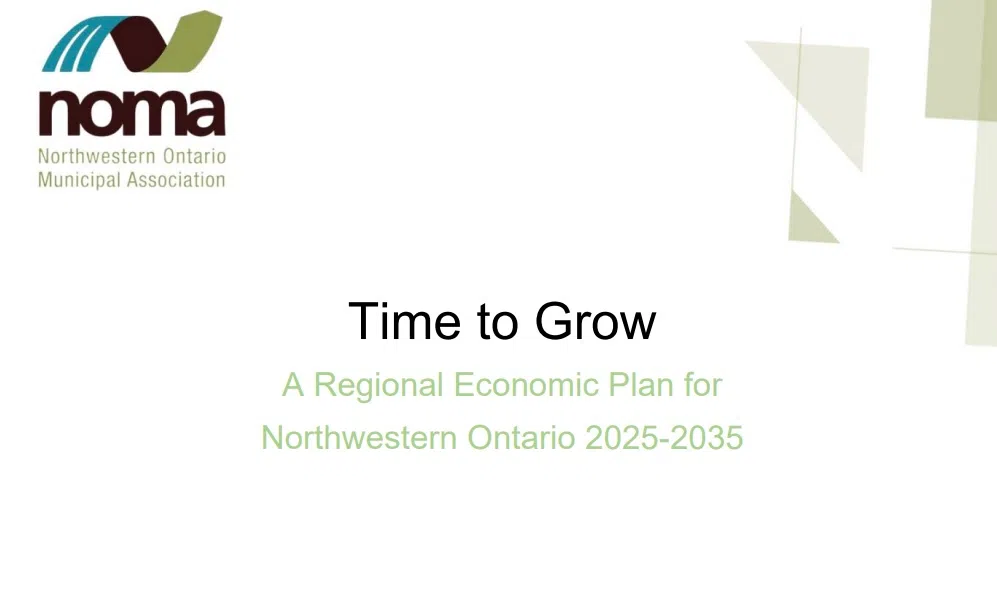
The Northwestern Ontario Municipal Association (NOMA) looks to advance the economic development of local communities with a new plan.
NOMA was created to advocate for the needs of people in the Thunder Bay, Kenora and Rainy Lake region.
“Time to Grow” is a plan for Northwestern Ontario that will play out over the course of 2025-2035. It will be used to inform and guide planning, decision making, and concrete actions for the next decade.
Their plan includes 15 new goals, with sections including housing, quality of life and skilled labor.
The number of Indigenous individuals employed in Northwest Ontario will increase by two per cent, as well as the migration of people under 40 to Thunder Bay, Kenora and Rainy River.
By 2030, NOMA wants 60 per cent of the population to be within a 30-minute drive of a library, a park, primary education, childcare, grocery stores and pharmacies. Communities in the region should also complete a rehabilitation or beatification project to improve scenery.
High speed internet and cellular access is planned to be improved. Cellular coverage gaps will be filled, such as highway areas, and internet services will have higher download and upload speeds.
The electrical transmission infrastructure in Northwestern Ontario will also be upgraded. Aged lines will be replaced, and a second source of supply will be added to some communities.
In 2030, mass transit in Northwest Ontario should have a 7-day a week and same-day options between these communities: Emo and Thunder Bay, Winnipeg and Thunder Bay, Greenstone and Thunder Bay, White River and Thunder Bay. A separate community shuttle will be in place get passengers on secondary highways to the primary Northwest bus services.
These primary and secondary highways will also be improved to make for safer travel and better accessibility.
All municipal airports in Northwest Ontario should qualify for federal or provincial capital and operating assistance, and 75 per cent of airports should have a regular service for at least six months of the year.
Accessible housing for seniors will continue to be improved. By 2035, 75 per cent of municipalities with more than 1,000 people should have at least one senior’s complex with assisted living support. Housing for at-risk communities will also continue to be improved.
Overall housing affordability by next year should progress so that 60 per cent of people have access to housing that does not cost more than 30 per cent of their annual income. By 3035, NOMA wants this number to be 90 per cent of people.
All of these enhancements will begin coming into effect next year.